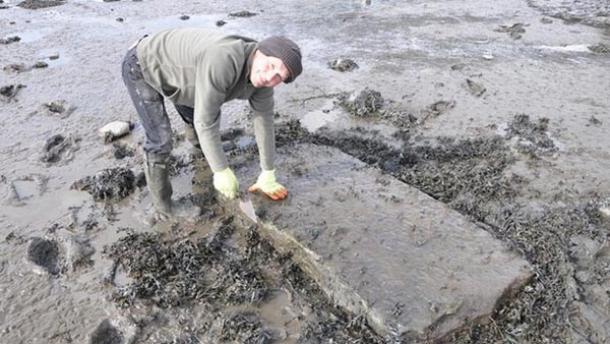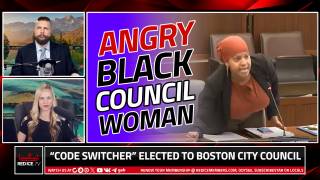Have archaeologists found the last known witch grave in Scotland?
Source: ancient-origins.net

Archaeologists in Scotland believe that they have located the final resting place of Lilias Adie, who was accused of being a witch and, following her death in prison, was buried in deep mud with a heavy flat stone placed on top of her – a tradition based on the belief that witches could rise from their graves unless held down by a heavy stone.
The Valleyfield Community Centre based in Fife, Scotland, recounts the story of the Lilias:
"In the small village of Torryburn in the West of Fife in the year 1704 August 29th, an old woman, Lillias Adie, was accused of bringing ill health to one of her neighbours, a certain Jean Nelson. Summoned before the ministers and elders of Torryburn church, poor old confused Lillias confessed that she was indeed a witch. She told the grim faced committee of church elders that she had met the Devil in a cornfield and had accepted him as her lover and master. The terrified woman described how she and the devil had led many others, whom she named, in a wild heathenish dance. According to Lillias a strange blue unearthly light had appeared and had followed the dancers round the cornfield, her tales grew wilder and wilder and were eagerly accepted as proof of her dealings with the Devil. Lillias was, according to the official records, "Died in Prison and was buried within the sea mark at Torryburn."
According to the BBC, Lilias was then buried in thick mud between the high tide and low tide mark, with a stone slap on top. This was a rather unusual occurrence, as most witches were not honoured with a burial, but were instead dumped into pits.
“One possibility is that Lilias killed herself,” writes Louise Yeoman from BBC Scotland. “Right up to the 19th Century suicide victims were buried this way on the shore, outside consecrated ground.”
According to local folklore, corpses of people who had died a bad death, such as suicides and executed people, could come back from the dead to torment the living. The same belief was applied to witches. For this reason, heavy stones were placed on top of such burials to prevent the deceased from leaving their grave.

Heavy stone placed on top of a witch burial at St Anne’s Church, Woodplumpton, Lancashire, England. (Wikimedia)
Disturbed grave
During the 19th century, Lilias’ grave was disturbed and parts of her body were sold on the antiquities market. Her skull was sent to St Andrews University Museum. However, some time during the 20th century, her skull went missing and has never been recovered.

The skull of Lilias Adie, which was displayed at St Andrews University Museum. Credit: National Library of Scotland
Read the rest: ancient-origins.net






















